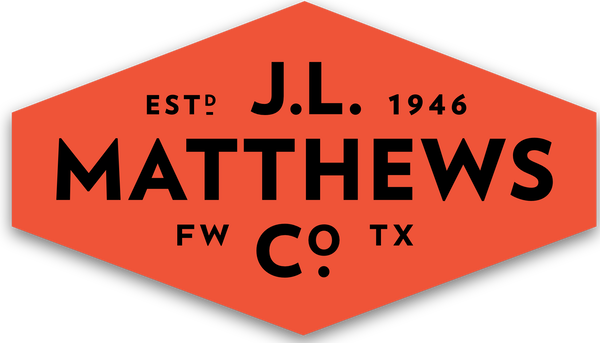
Stationary Rope Systems
Climbing is an essential part of all the industries that we serve here at J.L. Matthews Co., Inc.
It’s a craft that takes a lifetime to master. There are standard protocol and best practices, but over the years, every industry has developed its own specialized techniques and setups best suited to its specific aerial activities. There’s also a certain element of creativity to how each person rigs their own system.
Stationary, static rope systems are a staple of any industry that utilizes climbing in their day-to-day workflow.
Let’s take a look at how different industries approach their climbing.

Photo credit: Rigging Lab Academy
In a standard rope access system, often seen in industrial climbing applications, there are always two ropes, both on known anchors. One functions as a main line for ascent and descent, while the other serves as a backup. If the main line were to fail, the climber is caught by the backup rope system and must change over to a self-rescue mode of ascent or descent and/or wait for assistance. This is the most common setup seen in completely vertical ascents or on overhangs, where the climber cannot free climb or interact with the pitch (which is often the case depending on the building or structure where work is being done).

Photo credit: Rigging Lab Academy
In a twin rope system, prevalent in the arboriculture industry, the climber is always on two mirrored, primary ropes. No backup system is present. If one system were to fail, the mirrored system continues to carry on. This setup allows for easier self-rescue, as both systems are outfitted for ascent and descent. While the twin rope system is more efficient in the event of failure and self-rescue, it is best suited for situations where the climber can free climb or interact with the pitch (which is a tree in the case of an arborist) and requires equipment for two full primary systems, which can be a bit more cumbersome in some instances.
Below is a video from our good friend Rich Hattie from International Safety Components Ltd (ISC) showcasing how each of these systems functions.
Video Credit: Rigging Lab Academy
Related Items:
Related Items:

